Key Findings on AI Oversharing:
-
AI oversharing refers to situations where users unintentionally expose sensitive or confidential information through prompts in tools like ChatGPT, Copilot, or Claude.
-
Consequences of AI oversharing include internal data access violations, deployment delays for AI systems, regulatory exposure, and loss of return on investment.
-
Business environments are particularly at risk of AI oversharing because employees use generative AI to process internal reports, analyze proprietary data, and summarize company documents.
-
The AI oversharing risk increases significantly due to AI integration with services such as Teams, Outlook, OneDrive, and SharePoint.
-
Users often do not realize that their inputs can be stored and potentially used to improve the model, leading to long-term privacy concerns. For example, tools like Microsoft Copilot may pull data from files that are broadly available within the organization, even if labeled as restricted or confidential.
What is AI Oversharing?
Commonly, without realizing it, users incorporate sensitive information and confidential queries into their prompts—often when retraining an LLM model like ChatGPT, Microsoft Copilot, or Claude. The issue is especially severe in business settings, where staff members use generative AI tools to create reports, analyze data, or summarize internal documents, thereby unintentionally feeding important information into AI systems that lack sufficient protections. AI oversharing occurs in such cases and represents the unintentional release of private or sensitive information during interactions with LLMs.
The importance of thoroughly considering AI oversharing is evident from Gartner's 2023 Microsoft 365 Survey, where nearly 60% of respondents identified oversharing, data loss, and content sprawl as their main concerns when integrating LLMs into their workplace settings. In addition, the deep integration of LLMs with Teams, SharePoint, Outlook, and OneDrive—where AI engines may retrieve and present data stored in various formats across the company—further increases this risk.
In general, AI oversharing can occur even without deliberate exposure. Through a phenomenon known as inference, LLMs can reveal sensitive correlations or patterns that should not be accessible to third parties. For instance, users might deduce the scope of a confidential project by observing who is assigned to it or identifying trends in purchase data. This issue has been highlighted by Knostic, a company specializing in LLM access control, which reports that in many of their client organizations, employees have been able to infer strategic insights from seemingly harmless queries—without ever accessing critical data directly. In addition, the 2023 ChatGPT data leak also highlighted how system weaknesses may unintentionally disclose user interactions. An incident allowed users, in that case, to briefly view other people's chat records, exposing the limitations of privacy policies in AI applications. Unless users actively opt out—a process that is often neither obvious nor straightforward—AI models typically store user prompts to improve future responses.
Unaware that sensitive inputs may be stored or even accessed by AI providers, Madilyn Dahl from RSM noted that users often unintentionally share business secrets with AI tools—especially when asking them to analyze private files or emails. In some cases, Copilot can retrieve and display results from across the M365 ecosystem, including the AI engine itself, by drawing on files marked as “available to everyone in the organization.” This poses a significant risk because AI systems operate based on knowledge retrieval, rather than traditional file access methods. Unlike conventional data protection systems that rely on document-level permissions and labeling, AI can infer sensitive information from patterns within its training data. As a result, even properly labeled documents may not prevent the disclosure of confidential insights. Legacy Data Loss Prevention (DLP) tools are typically not equipped to detect this kind of subtle leakage.
AI oversharing reveals a broader governance gap—one that extends beyond mere technical errors. Organizations integrating generative AI into their workflows must adapt their security frameworks to address these emerging risks. And this is the case for every popular LLM model. For example, focusing on Microsoft AI solutions, almost every prompt has the potential to become a Copilot data leak; every AI interaction may carry legal implications; and each gain in efficiency could introduce a new compliance concern. These challenges have spurred the creation of privacy solutions tailored specifically for AI environments. Moving beyond static labels and traditional permission models, companies like Knostic are leading innovations in dynamic, context-aware access control, built to match the unique demands of AI systems.
Why Does AI Oversharing Happen in Organizations?
Many companies nevertheless expose themselves to critical—and sometimes overlooked—issues, even if AI has transformative potential in increasing efficiency and simplifying processes, such as AI oversharing. This results from the natural architecture of current LLMs and the settings in which they are applied, not from malicious intent. Most AI solutions were designed for general-purpose use rather than for complex corporate environments requiring strictly regulated data access. Companies rushing to embrace products like Microsoft Copilot, ChatGPT, and Claude sometimes forget the specific configurations and guardrails required to prevent unauthorized data access. Here's why AI oversharing keeps happening—and why conventional IT security strategies are failing.
Training-data echo
Training data echo represents a major factor in oversharing. Often refined by past user interactions, AI models can still display patterns and language from sensitive inputs in future outputs, even when personally identifiable information has been removed. This means a user may ask a broad question and receive an answer containing fragments of another employee's proprietary prompt. This poses a significant risk in business settings, as corporate strategies, client names, or financial data could unwittingly appear in AI-generated content. For example, the March 2023 ChatGPT bug illustrated just how easily saved data can be exposed—when a system vulnerability allowed users to view others' conversation histories.
Missing access controls
The lack of context-aware access control in most AI systems is another fundamental issue. Organizational structures or user roles are not always perfectly understood by LLMs. In theory, an intern might therefore have the same degree of access to AI-generated summaries as a department head. Even if they do not have direct access to sensitive records, employees often deduce confidential information, such as merger and acquisition plans or CEO decisions, through indirect searches. Employees draw conclusions by examining metadata, calendar entries, or internal buying patterns, thereby contributing to what is described as the development of knowledge.
Prompt manipulation
One understated but effective strategy for bypassing basic security measures is prompt manipulation. By understanding how LLMs operate, users can craft prompts in ways that gather more data than intended. Most AI systems are designed to be useful and responsive, which is why they might provide information derived from publicly available or misclassified internal files. These scenarios can lead to the unintentional exposure of private knowledge through cleverly crafted questions, rather than direct inquiries. This approach is akin to giving an intern access to a CEO's email archive on their first day, without any context checks or content filters in place.
Shadow AI
The "shadow AI" phenomenon adds yet another layer of risk. Particularly when official tools are slow or limited, employees are increasingly turning to unauthorized or unapproved AI tools for convenience. These shadow technologies expose businesses to legal and compliance issues because they can retain prompts and chats indefinitely, without corporate oversight. Without monitoring and discovery tools in place, IT departments may not even be aware that these AI platforms are being used.
To mitigate the threats described in this section, companies must shift from reactive data protection methods to proactive, AI-specific governance solutions, as AI adoption accelerates across industries. It is important to highlight that conventional methods often lack permission labels or document-level encryption. In this context, a deeper, real-time awareness of how knowledge flows through AI interfaces is essential.
Consequences of AI Oversharing
Many underestimate how easily sensitive data may be accessed and shared by AI systems when businesses embrace products like Microsoft Copilot and ChatGPT. AI can provide high-stakes data in answer to benign inquiries even if it lacks natural understanding of corporate regulations, confidentiality agreements, or human intent. This AI chat privacy breach may go unnoticed until it’s too late, after legal action, financial losses, or regulatory scrutiny has already begun.
Unauthorized Internal Access
One of the most harmful effects of AI oversharing is that it enables employees to access data they are not supposed to view. By gathering relevant data across Microsoft 365 services (including SharePoint, Teams, Outlook, and OneDrive), tools like Microsoft Copilot are meant to increase productivity. Copilot does not, however, naturally restrict what it displays depending on job title or clearance. Copilot may access a document, especially one labeled "People in my organization" by an internal link and then extract its contents for any user posing the appropriate query. This scenario means that, by simply wording their questions strategically, a junior employee could have access to private financial forecasts, HR-related disciplinary proceedings, or board-level planning. Knostic claims that staff members of several large organizations have been able to infer the existence and nature of secret projects without ever being granted explicit access to any supporting documents. This form of inference, which Knostic calls “Knowledge,” turns every Copilot query into a potential data and AI chat privacy breach.
Deployment Delays & Lost ROI
Many times, oversharing incidents cause instant delays in the implementation of AI in the enterprise. Legal or compliance teams usually stop projects until risk evaluations can be finished after they become aware of data leaks from internal reports or inadvertent user discovery. These pauses might span weeks or months, therefore derailing rollout plans and slowing down the momentum of projects aimed at digital transformation. Legal teams can call for more rigorous user job definitions, new data classification systems, or perhaps vendor changes. Sometimes, AI components are disabled completely until suitable security measures are implemented. For companies that extensively invested in Microsoft E5 licensing or custom LLM integrations, in particular, this drastically lowers the return on investment in technologies like Copilot. Organizations have expressed concerns about data leakage and LLM oversharing risks, prompting many to slow down deployment timelines and involve legal and compliance teams earlier in the adoption process.
Regulatory & Contract Risk
Regulatory exposure is maybe the most severe consequence of AI oversharing. Organizations may find themselves directly in violation of laws, including the General Data Protection Regulation (GDPR) in Europe, the Health Insurance Portability and Accountability Act (HIPAA) in the U.S., or sector-specific standards like ISO/IEC 27001 when confidential employee data, health information, or client records are leaked via AI. GDPR, for instance, requires that personal data not be transferred without clear permission or handled outside of its intended use. Unless users have opted out, AI models that save or analyze sensitive prompts for training purposes can violate these regulations. Furthermore, organizations may violate their contractual responsibilities when AI exposes private third-party data (such as client names or price agreements), resulting in lawsuits or loss of confidence from strategic partners. Since Copilot data leak is something that could be expected on a regular basis, Microsoft has specifically warned that its strong integrations increase such dangers. Even simple prompts can gather data, violating intellectual property agreements or privacy rules without further supervision.
Strategies to Mitigate Against LLM Oversharing
To stay one step ahead of AI oversharing threats, organizations must implement purpose-built protections that operate in real time, align with user roles, and remain continuously informed about emerging risks and malicious tactics. By combining technical controls with organizational strategies, the following five key methods can help reduce LLM oversharing.
Need‑to‑know prompt scopes (RBAC/ABAC)
Enforcing "need-to-know" access at the knowledge layer is among the most effective methods to lower LLM oversharing. Attribute-Based Access Control (ABAC) and Role-Based Access Control (RBAC) transcend simple file permissions. These models assess not just the user's identity but also the work they are doing and whether the context justifies access. This strategy lowers inferential leak risk. The AI cannot produce responses that go against the user's stated scope, even if it has access to a broad set of documents. The system checks whether the requested knowledge falls within the user's "clearance," not only about document permissions.
Sensitivity labels with real‑time output filters
Another layer of protection is Microsoft's Sensitivity Labels which focuses on adding metadata tags to documents and emails with the purpose to classify material as confidential, internal, public, or restricted. When correctly set, they direct the enforcement of data policies at the system level as well as user behavior. These labels allow Copilot and other M365-integrated AIs to decide what kinds of material should be filtered out of search and generation.
However, labels alone are not enough. Companies have to match them with real-time output filters that check AI responses before user display. These filters search the produced material for context-sensitive information or restricted phrases. Should the output run against policy, it is either replaced with a warning or blocked. This procedure prevents accidental leakage even in cases of misleading or deceptive prompt inputs. RSM underlines that end-to-end governance should integrate labels with Entra ID permissions and Microsoft Purview usage.
Flow‑breaking middleware & guardrails
AI responses shouldn't start with the model and end with the user straight away. Instead, companies should apply middleware layers as checks between the LLM and its output. Acting as guardrails, these flow breaks ensure internal policy compliance before letting the AI react. Before showing the result, a middleware filter might, for financial phrases or staff names, analyze a Copilot-generated document summary. Should a risk be found, the middleware can either redact private information or ask the user to change their search. This system provides human-aligned control and allows AI to be profitable without turning into a liability. It also enables companies to maintain compliance with ISO/IEC 27001 and NIST 800-53.
Shadow‑AI discovery + continuous red‑teaming
Today, many employees use AI tools outside of corporate IT systems. Many times, lacking enterprise-grade security, these "shadow AI" tools pose a major concern. A developer might employ a public AI model to maximize code snippets, or a marketer might ask a third-party AI to create a client proposal, unknowingly turning over private data to unstated platforms. Organizations should conduct regular shadow-AI audits using monitoring tools that track API use, browser extensions, and unauthorized logins to help mitigate this. Complementing this with ongoing red-teaming, simulated attack exercises targeted at AI environments can assist in exposing routes whereby critical knowledge leaks via prompts, model memory, or cached sessions. Supported by top cybersecurity frameworks and organizations, including the U.S. National AI Initiative, red-teaming is currently regarded as a best practice for AI risk mitigation.
Secure‑by‑design MLOps pipelines
Safe AI ultimately begins with safe training. Ground-level building of machine learning operations (MLOps) pipelines helps to prevent oversharing. This covers tight audit trails, restricted access to training data, and avoidance of the reusing of private prompts across systems. Data retention rules have to be strictly followed; AI models should be trained in isolated surroundings using anonymized or masked data.
How Knostic Helps with AI Oversharing
Knostic is here for you when AI Assistants fail to observe existing authorization controls or allow them to be bypassed. In this domain, we are addressing two main issues:
-
cases where permissions on files are incorrectly set
-
cases where properly secured files still enable harmful deductions by AI systems.
The Knostic solution starts by defining user access scopes and surveying the broader knowledge scope across all organizational information. The approach identifies oversharing risks efficiently, reduces discovery and remediation efforts, and allows faster action to secure the critical knowledge boundaries.
What’s Next?
Issues like oversharing and AI chat privacy breaches are becoming increasingly frequent. From inferred secrets in Copilot to the ChatGPT conversation history bug from March 2023, it is evident that existing systems are fragile. AI needs smarter boundaries, not just more encryption. Knostic believes: "If you need to know, you know. If you don’t, then you don’t." To better understand how AI oversharing challenges can be addressed, we invite you to explore our solution brief.
FAQs
-
What is LLM oversharing?
It’s when LLMs leak confidential knowledge via AI-generated outputs.
-
How does Copilot data leak happen?
It occurs when Copilot pulls data from widely shared SharePoint or Teams files, exposing information that users shouldn’t have access to.
-
Can AI infer secrets without explicit input? -

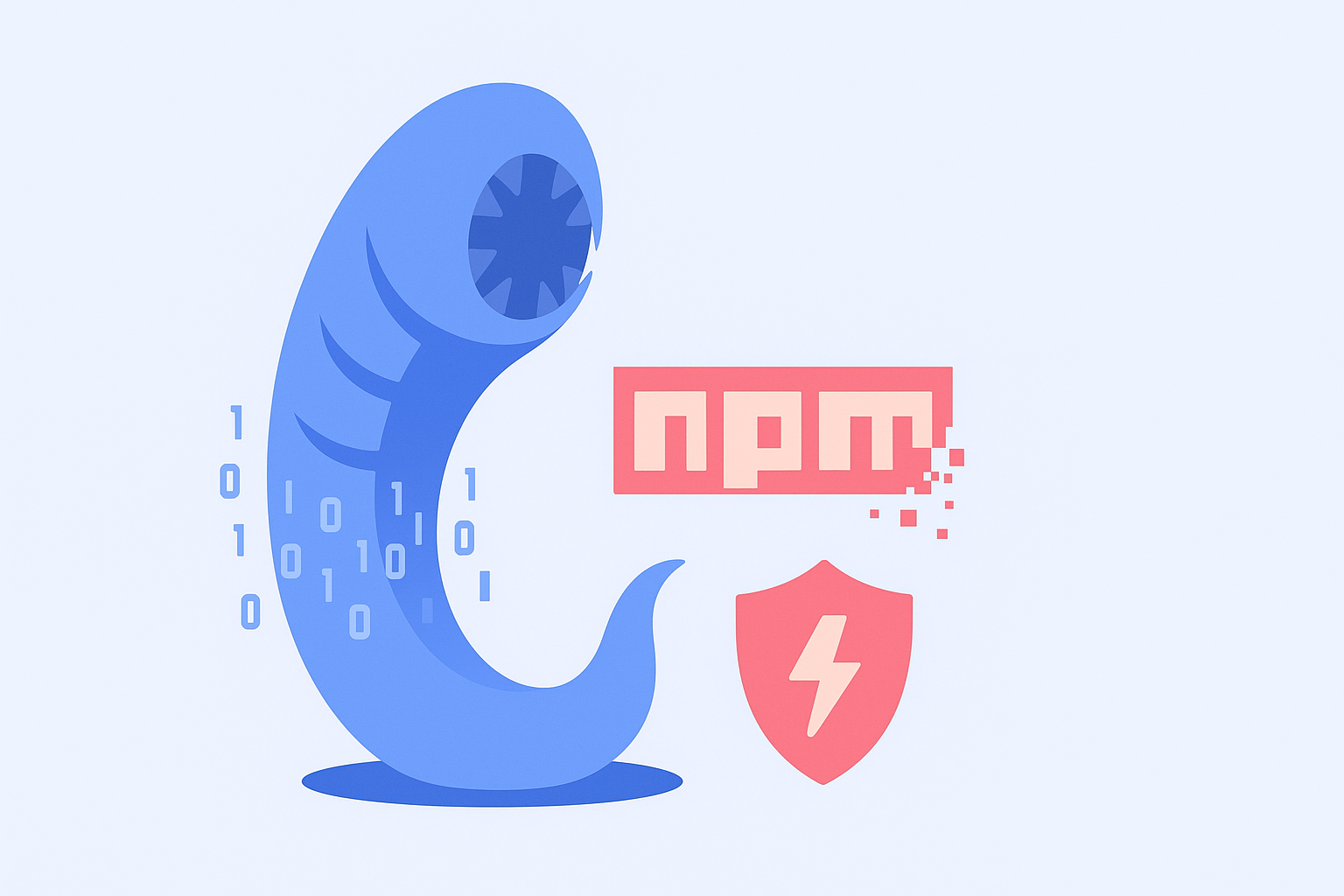


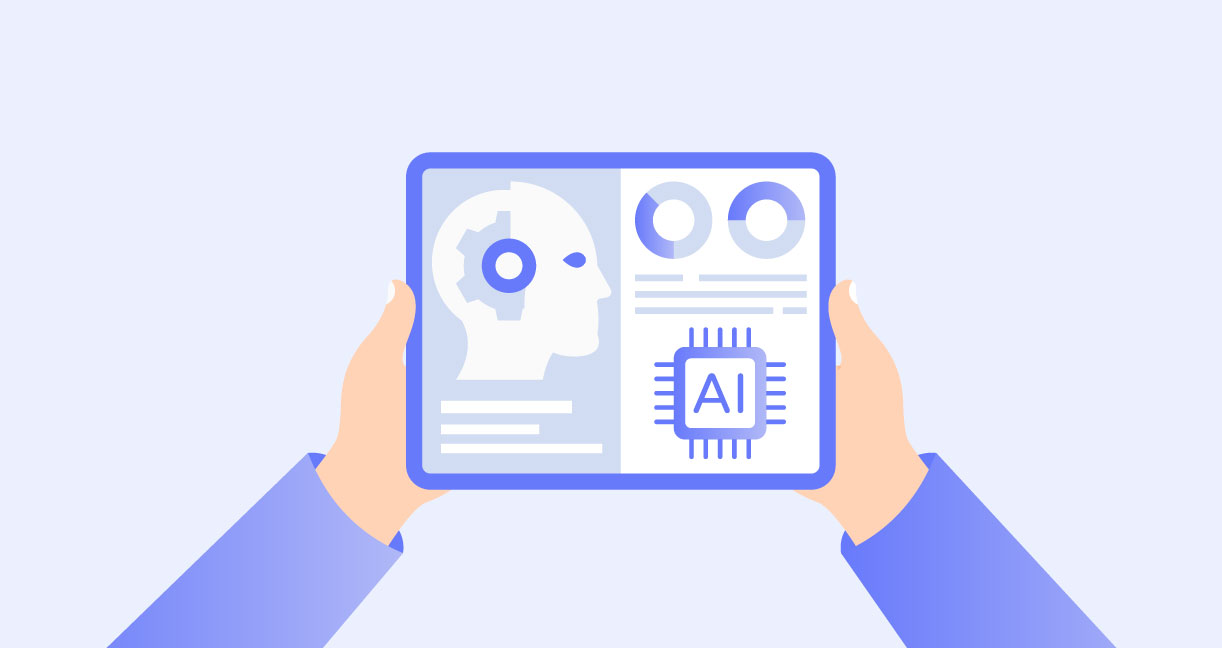


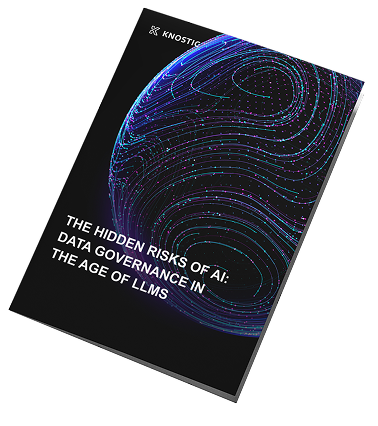
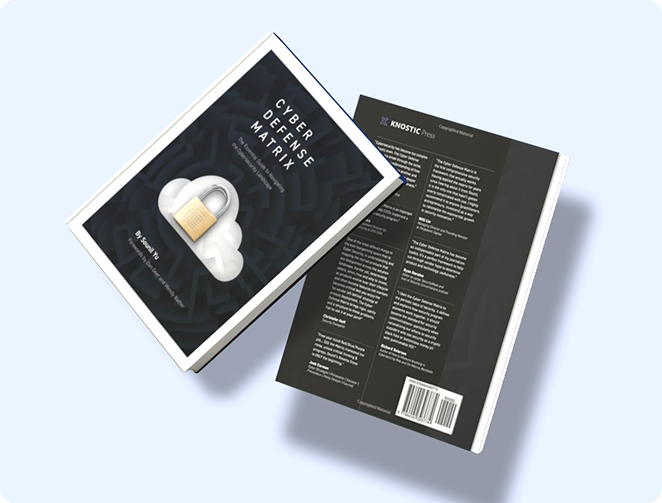
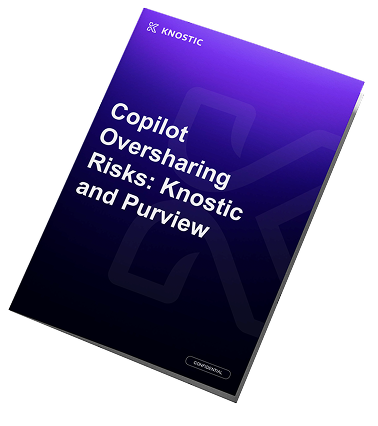
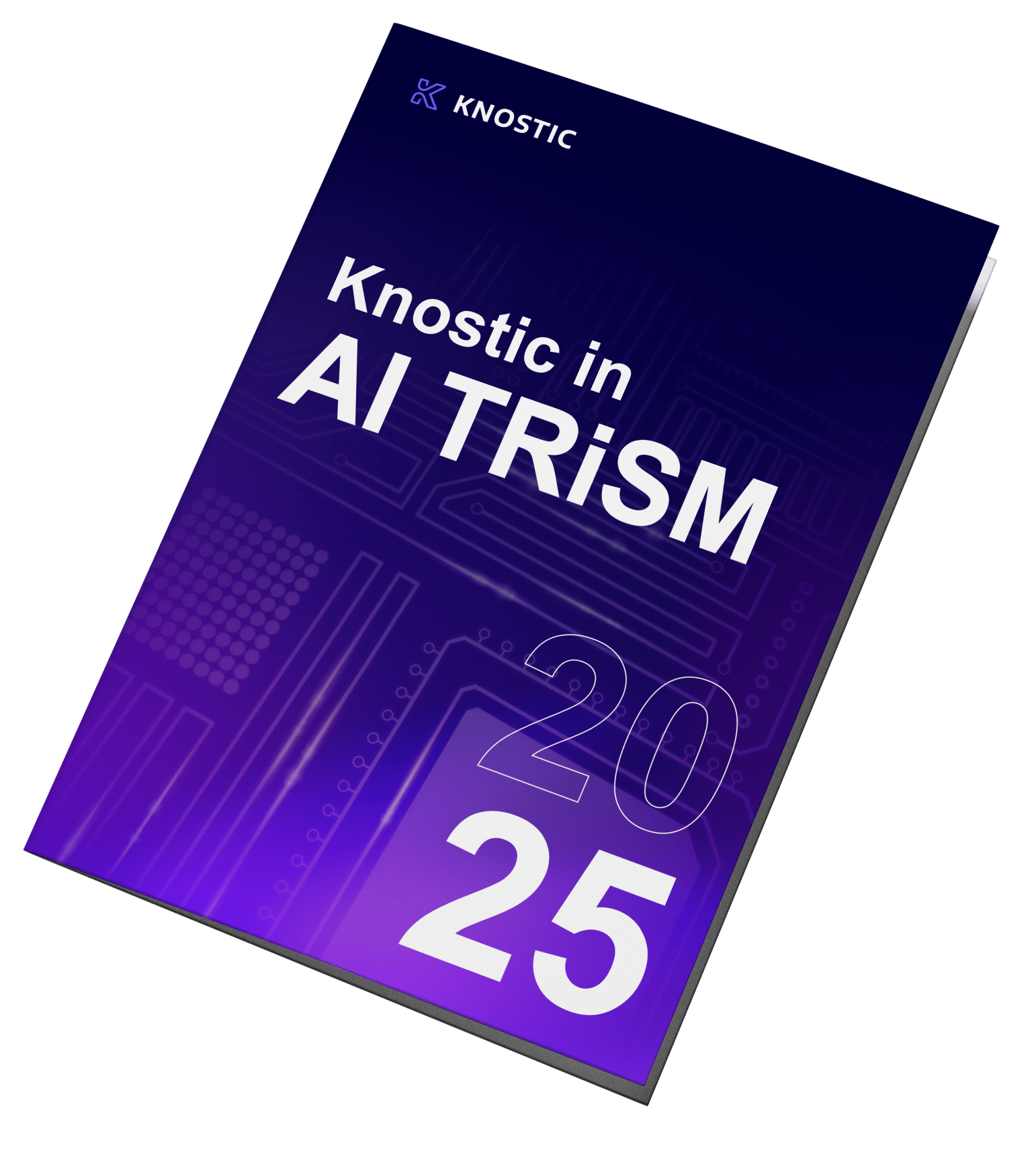
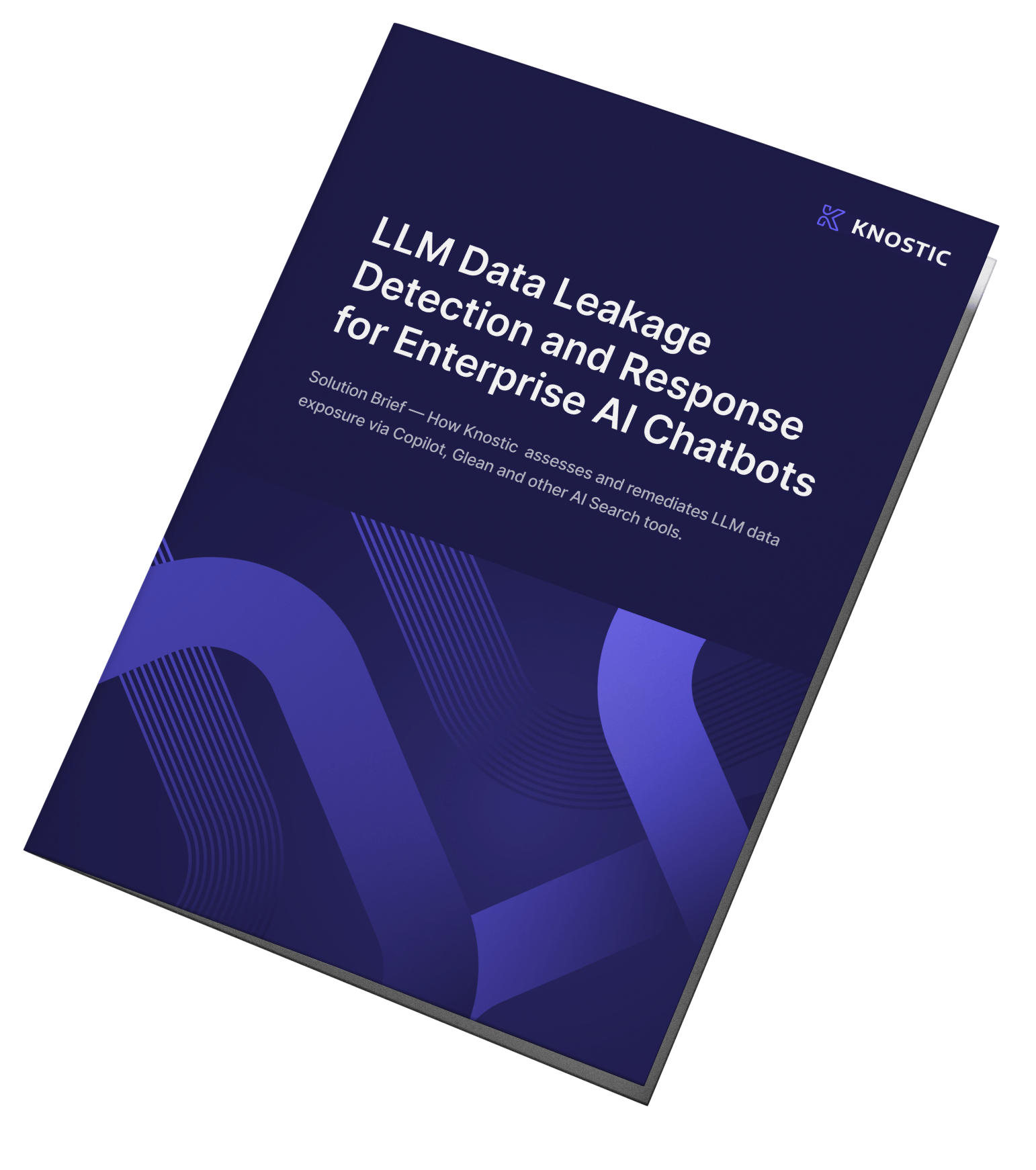
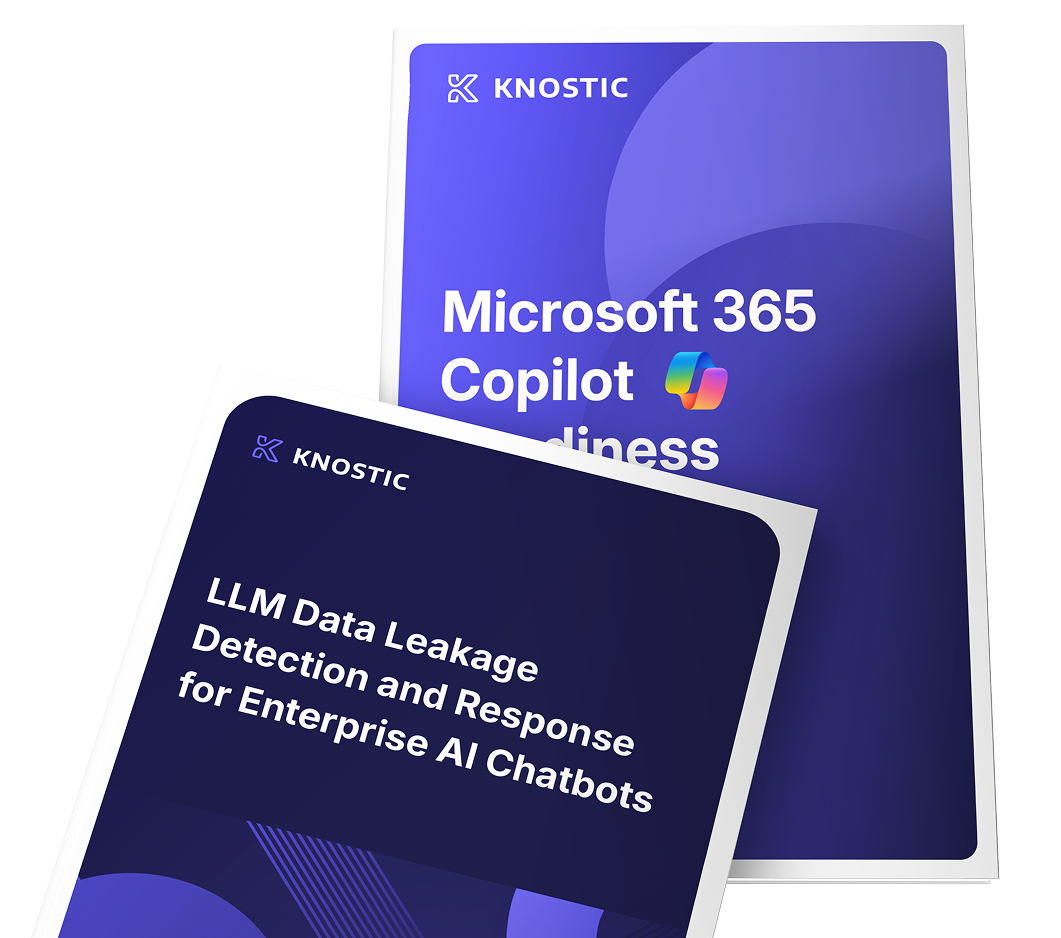
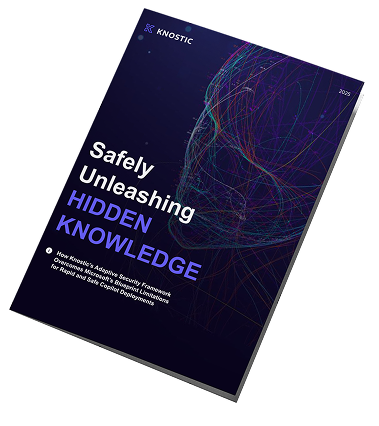





![AI Data Governance Guide for Enterprise Teams [2025]](https://www.knostic.ai/hs-fs/hubfs/What-is-AI-data-governance.jpg?width=520&height=294&name=What-is-AI-data-governance.jpg)


